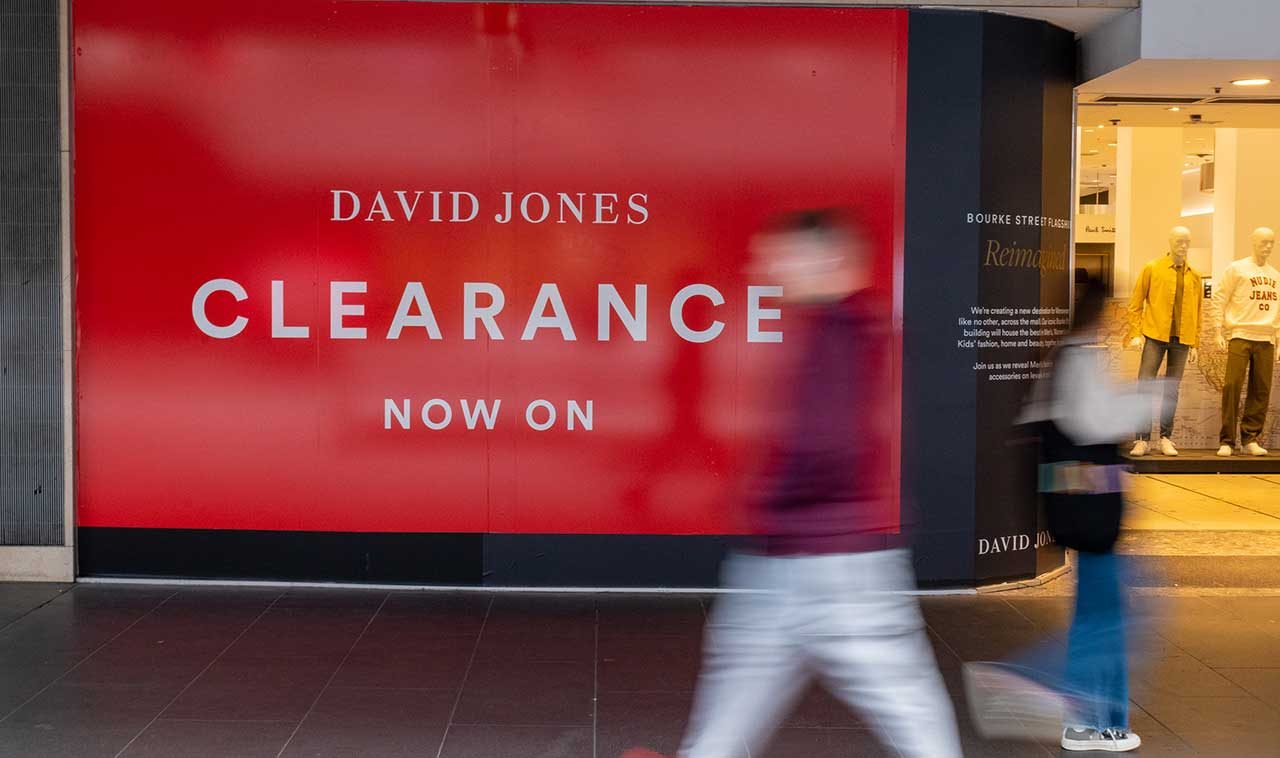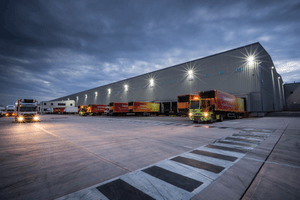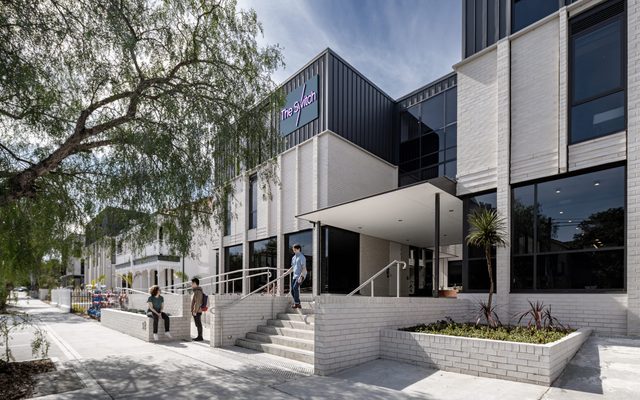This article is from the Australian Property Journal archive
SOUTH Africa’s Woolworths Holdings has ended its direful affair with David Jones, selling the 184-year-old upmarket department store to Sydney-based private equity firm Anchorage Capital Partners for just a tiny fraction of the $2.1 billion it paid eight years ago.
It has been speculated the business is selling for a price tag in the vicinity of just $100 million to $150 million. As expected, the sale excludes the remaining Bourke Street Mall store in Melbourne, which David Jones has signed a long-term lease over and Woolworths Holdings is tipped to sell over the 12 months, potentially netting as much as $250 million.
South Africa-based Woolworths Holdings acquired David Jones in 2014 but incurred hefty writedowns of more than $1 billion as the department store chain suffered through retail headwinds such as online shopping, and more recently the impact of COVID.
What has now sold is a shadow of the high-end department store that in the halcyon days dominated CBD retail and was courted by shopping centre landlords who sought to add prestige to their malls.
“The strategic rationale at the time of the acquisition did not materialise to the extent originally envisaged,” said Woolworths Holdings group CEO Roy Bagattini.
“While David Jones has successfully executed on its turnaround, notwithstanding the COVID-19 disruptions, now is the right time for the business to operate under new ownership, while WHL refocuses on its core South African and Australian Country Road Group businesses.”
What went wrong?
Despite the COVID disruption, sales of luxury goods in Australia grew by 5.1% per annum between 2017 – 2022 to $4.6 billion, according to Ibisworld.
But in the past eight years David Jones was pursuing a retail strategy which no longer differentiated itself from Myer, and did not fully capitalise on the exponential growth in high end retail spending.
Overseas high-end labels saw the opportunity and cashed in by increasing their physical footprint in Australia with new brick and mortar stores, including recent entrants Missoni and Brunello Cucinelli which joined the likes of Cartier, Valentino, Bally, Dolce & Gabbana, Bulgari, Chanel, Dior, Fendi, Hermes, Gucci, Prada, Louis Vuitton, Hugo Boss, Burberry and Versace.
David Jones was also slow to redefine its luxury retail experience and engage with younger (millenials and Gen Z) cashed up consumers, lagging behind luxury brands when it comes to courting influencers. According to Bain & Co, Gen Z and millennials are the fastest drivers of demand for luxury goods, accounting for 72% of the global luxury spending in 2022 compared with 2019. Together, Gen X and millennials, represented a 66% of market share compared with Gen Z’s 8% share. Further data from Klarna revealed Gen Z (60%) and millennials made up the bulk of (63%) luxury purchases, outstripping Gen X (46%) and baby boomers (18%), in the past 12 months.
Bain & Co predicts the luxury goods market will be “recession-proof” in 2023, in partly due to millennial and Gen Z consumers.
At the same time high-end brands are investing to engage cashed up millenials and Gen Z consumers, even ecommerce giant Amazon regularly hosts Instagram, TikTok and YouTube influencers to promote products sold via its online store. The influencer marketing industry has skyrocketed from a modest US$1.7 billion in 2016 to US$13.8 billion in 2021, according the Influencer Marketing Hub and is expected to grow to US$16.4 billion this year, reflecting how increasingly popular this marketing channel has become.
David Jones’ new owners, Anchorage said CEO Scott Fyfe and the management team will stay on. A spokesperson for Sydney-based private equity firm said, “Under this team’s stewardship, David Jones is now profitable, cash-generative, and self-funding, and we are confident in David Jones’ next chapter as the retailer of the future with a seamless omnichannel experience”.
At the end of the day, Woolworths Holdings turned to David Jones’ real estate portfolio to extract value from its $2.1 billion investment.
Woolworths Holdings sold multiple properties over the years, including the David Jones menswear store at 299 Bourke Street two years ago for $121 million, and retained, combined and reworked the offering at its larger store opposite – which it is expected to sell in the short-term – and followed that up with the $510 million divestment of its Elizabeth Street store in Sydney.
In a similar move, the Elizabeth Street store had reopened at the end of 2019 year following a $200 million revamp resulting from David Jones selling its adjacent menswear building at 77 Market Street for $360 million in 2016.
Shortly before a campaign was launched for 299 Bourke Street, Woolworths revealed that to save on costs it would slash David Jones floor space by 20% by 2026, including via negotiations with landlords that could include breaking of leases. David Jones has more than 40 stores across the country, many with long-term leases.
The significant fall in CBD activity throughout the pandemic forced Woolworths Holdings to close the iconic David Jones food hall and stores in Melbourne, which was followed by with ending of its ill-fated partnership with BP that saw 35 fuel stations in Sydney and Melbourne also operate as mini David Jones food halls.
Included in the Anchorage deal are two distribution centres. Woolworths Holdings will retain Country Road Group, which includes the brands Country Road, Witchery, Trenery, Mimco and Politix.
The deal with Sydney-based Anchorage has been in the works for some time. Allegro Funds had reportedly offered $400 million for David Jones earlier this year before slashing its offer in half after due diligence.
Finalisation of the deal is expected by the end of March.





